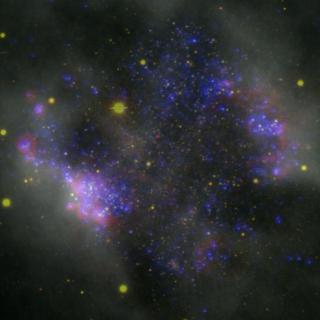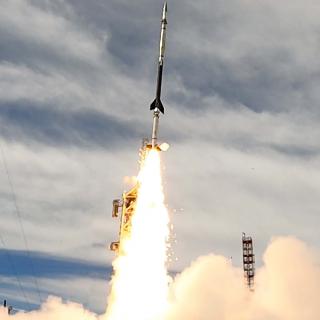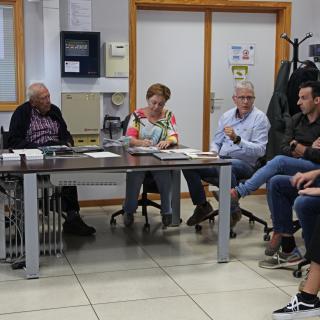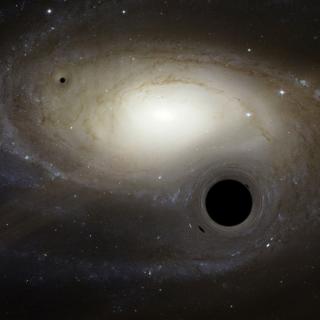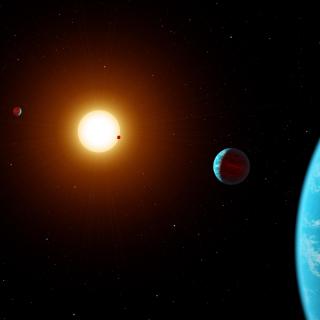
International research, led by the Instituto de Astrofísica e Ciências do Espaço (IA) and with the participation of the the Instituto de Astrofísica de Canarias (IAC), has confirmed the discovery of five exoplanets in the same planetary system, two of them similar to Mercury. The finding provides clues about how these unusual, very high-density planets form. The study is published today in the journal Astronomy & Astrophysics. An international science team has found a system orbiting the cool star HD 23472 with three super-Earths and two super-Mercuries. "We wanted to observe this planetary
Advertised on
